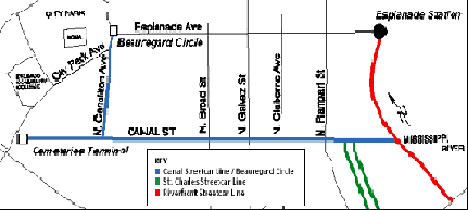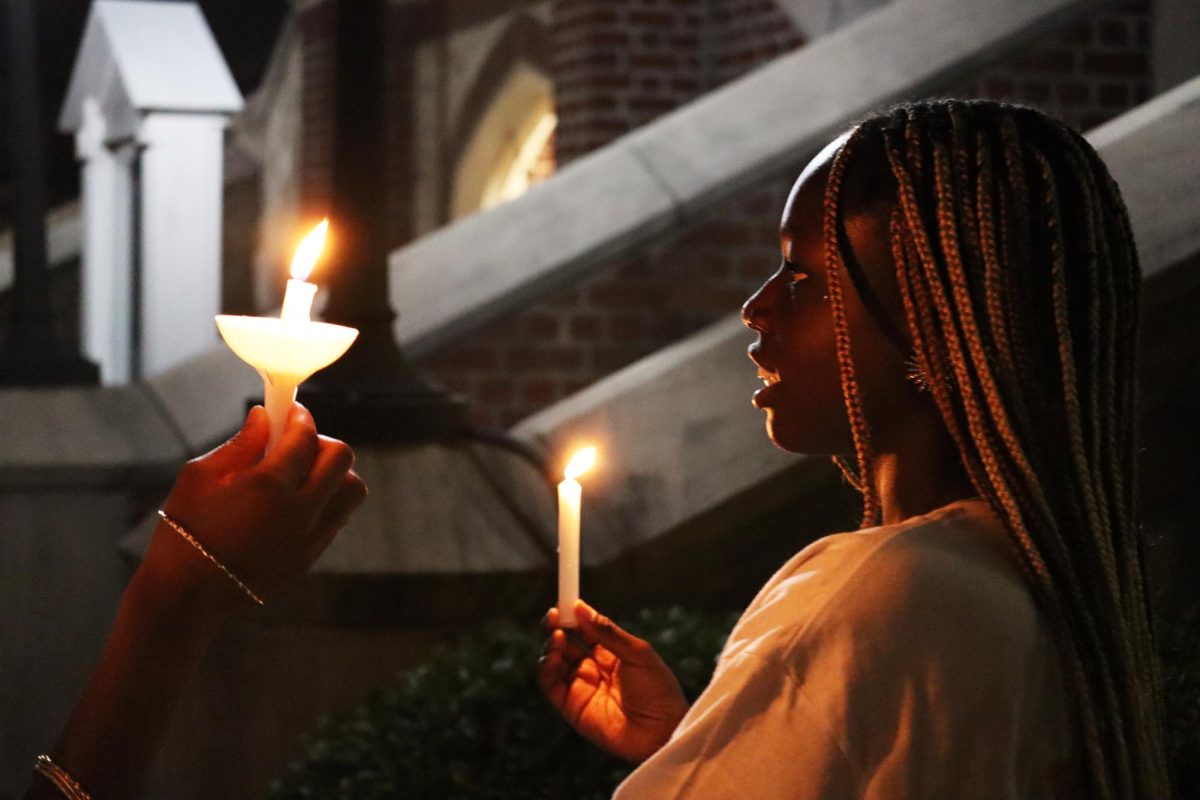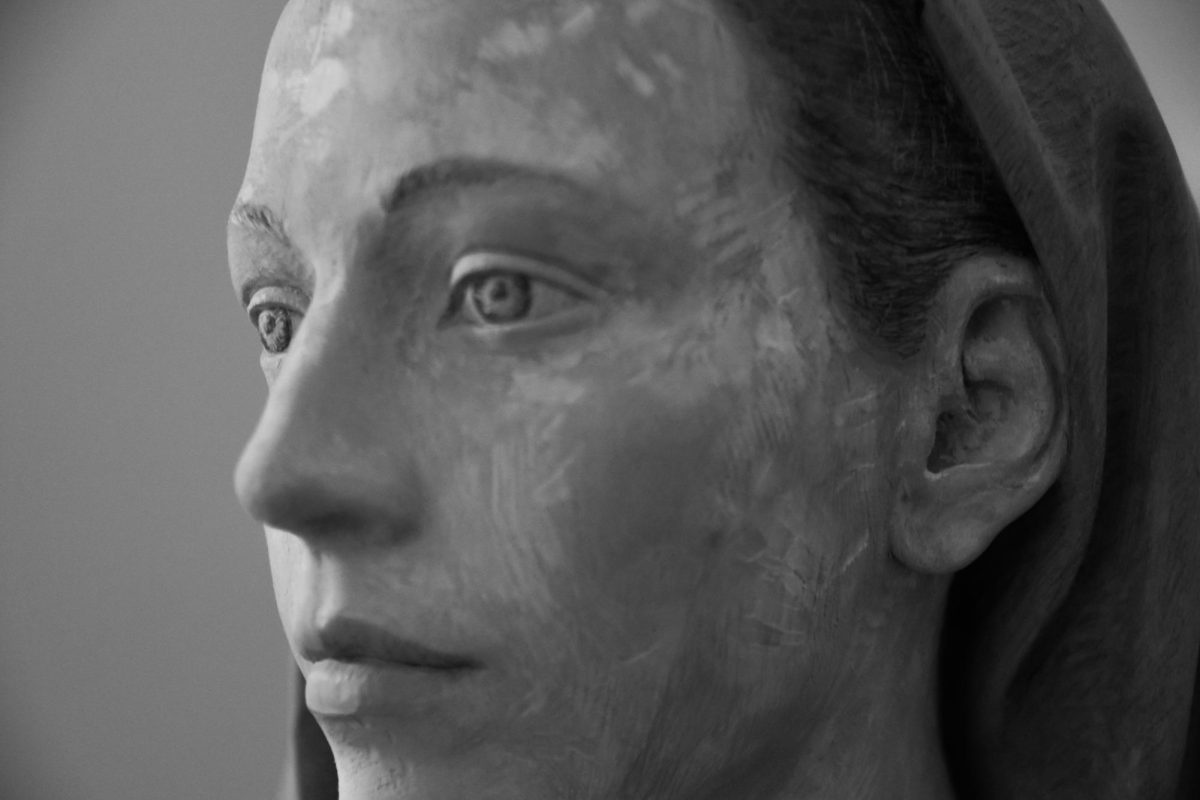The new, shiny red streetcars whisk down Canal Street and North Carrollton Avenue, bringing New Orleans back to the days when streetcars ruled the roads and New Orleanians could traverse all areas of the city via streetcar. The new lines also give students the chance to use public transportation to access attractions in the city, including Jazz Fest.
The 24 streetcars started their official run on Sunday, April 18. The new routes offer students the chance to visit unique parts of the city and many cultural hotspots.
For the last 40 years, the only streetcar route in the city was the St. Charles Avenue and South Carrollton Avenue lines.
Though at the height of their use in the mid-1920s New Orleans was covered in 235 miles of streetcar tracks, the popularity of buses and automobiles put streetcars out of business, leaving only one line that serves as transportation and tourist attraction. It retains the appearance and the workings of old streetcars because it is on the National Register of Historic Places.
The new cars have air-conditioning, a modern propulsion system and lifts for handicapped passengers, but they look similar to the old cars that run on St. Charles. They are also quieter than the old cars.
The city began expanding the streetcar routes with the opening of the riverfront line in 1988, which, according to The Times-Picayune, was built more as a novelty for tourism than as a serious move back to streetcars. However, seeing the success of this route, city officials started discussing plans for streetcar lines in other parts of the city.
Though there are various other routes that have been proposed, the first project the city tackled was putting down tracks on Canal Street, from the river to City Park Avenue and another smaller spur on North Carrollton Avenue between Canal and the entrance to City Park.
Part of the motivation behind reinstalling the Canal line was to bring business back to the street that used to offer natives and tourists alike a booming, high-end shopping district.
In the special Times-Picayune section on the new streetcars, many old New Orleanians recalled the excitement of going to the fancy department stores in the heyday of Canal Street.
Though today’s Canal Street reflects little of this glamour, the city hopes that the streetcar line will encourage such businesses to return.
For students, the new line offers greater freedom in getting around the city on public transportation and the chance to get to know new parts of New Orleans, such as Mid-City, a unique area that gives students more choices for restaurants, bars and shops outside of the Uptown area.
Also, students who are tired of spending their afternoons in Audubon Park can now take the streetcar down to City Park, which measures 1,500 acres and offers the beauty of live Oak trees as well as a botanical garden, fishing, pedal boats, tennis courts, a golf course, a nature walk and special events like Celebration in the Oaks during the holidays. Within City Park is the New Orleans Museum of Art, which boasts 40,000 pieces of art, including work by Edgar Degas and Pablo Picasso. Recently added to the museum is a sculpture garden that displays 50 sculptures in one part of the park.
For a look into the above ground cemeteries in New Orleans, students can visit the Odd Fellows Rest cemetery near the end of the Canal Street route. This cemetery opened in 1849 and is home to a tomb from 1837 dedicated to victims of yellow fever.
The new streetcar route will also come in handy for Jazz Fest-bound students who can get to the festival using the Canal streetcar route. The Fairgrounds Race Track, the oldest racetrack in the country, has played host to Jazz Fest for more than 30 years and is located only a few blocks from the City Park stop on Carollton.
Many Loyola students use the St. Charles Avenue streetcar to get to school and to the French Quarter, but the new lines offer students much more flexibility and may open up a door to unexplored parts of the city.
Anna Garvey can be reached at [email protected].








